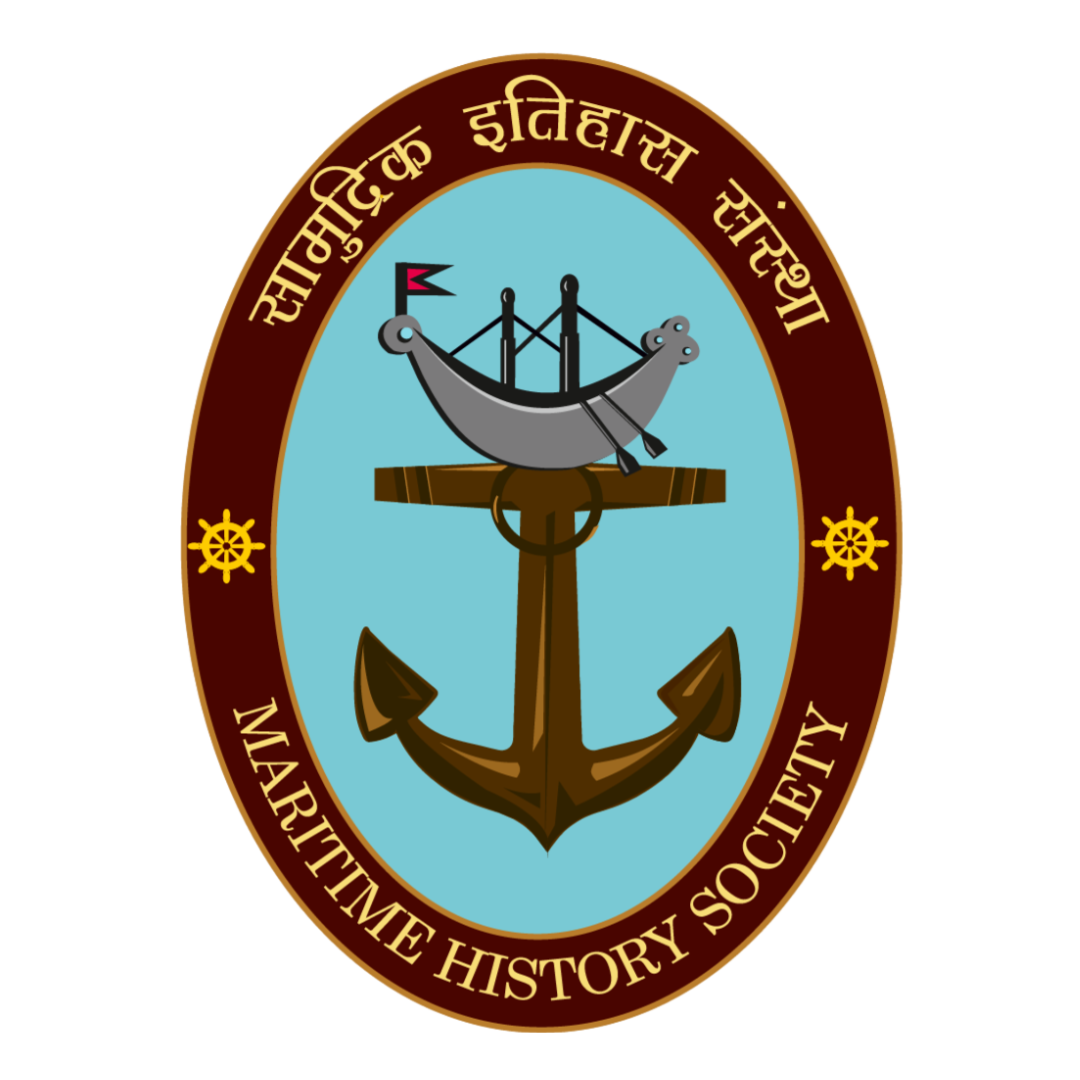The Mughal rule in India witnessed tremendous power politics throughout their reign in the Indian subcontinent. The dynamism of the Mughal armies and their glories in war, statesmanship of various Emperors are very well documented. Their control over the mainland was possible due to their well-augmented militia. A lot is also written about it. What remains neglected is their Naval setup. Let us take a look at the Mughal Admiralty as it existed during the long reign of the Mughal emperors.
For any Navy to flourish and for its progressive development, the following requisites are to be met- a sea or a big river as water frontier, a convenient port or harbour, seafaring people, and a steady supply of shipbuilding materials and ship repair expertise. Four regions of India fulfilled these criteria since the early times till date i.e. the Indus Delta, the Brahmaputra Valley, the Gangetic Delta, and the Eastern and Western Coast of India. The Mughals made use of some of the regions for their naval activities. The term “naval activities” here does not connote the modern sense of the term. Before Akbar, the only king of the Mughal Empire who is said to have taken some naval interest was Babur. After the consolidation of Mughal power, Akbar had organised the imperial Mughal Navy. The office was called Mir Bahri which could be interpreted as the Admiralty or Navy headquarters though, according to Abul Fazl, it was not primarily a Naval department but a mere flotilla of boats. The functions of the Mughal Naval headquarters were divided under four sections: Material Department, which was in charge of the construction of ships and rafts and their efficient maintenance; Personnel Department which was responsible for the recruitment and training of sailors and other personnel for the manning of ships under the Mughal service; the Internal Waterways Department was purely dedicated to all work concerning the internal-waterways along with a strong surveillance system in order to guard and function the riverine traffic; and the Customs Department that was responsible to levy and collect taxes and for appraisal of customs revenue. From Ain-i-Akbari and other contemporary works of those times, it is known that the seamen and naval personnel were categorised as Nakhoda-Captain of the Ship; Mualim-Navigator; Tundeil-Chief Buffer; Bhandari-Store Houseman; Kherwah-Seaman; Sirhang-Yardmaster.
A few naval battles were fought under Akbar’s reign. In 1574, a campaign against Daud Khan in Bihar which was a riverine-tiff included some on-boat action. In 1590, Emperor Akbar sent his Khan-i-Khannan against Mirza Jani Beg of Thatta. Akbar used his Navy either to put down piracy or to subjugate rebellious chieftains. The attention of the Mughal Navy was directed primarily towards the Bengal region which was being subjected to attacks, although they suffered large losses due to their inefficient strategies. Akbar’s viceroy, Raja Mansingh had used a fleet to defeat Kedara Raya, the Lord of Sripura in 1604. Akbar’s conquest of Gujarat by land battles brought to him the flourishing ports of the Gujarat peninsula which accelerated his commercial gains.
In days of Aurangzeb, Masaulipatnam was a good commercial port and maritime commerce flourished. Surat was a good trading centre. Although shipping activities on this coast was difficult as Aurangzeb’s fleet was not in a good position to put down piracy and meet strong challenges at sea, Mughals remained actively engaged in Hajj pilgrimages and other trade relations in the later medieval period.
Despite an organised Navy, the Mughals did not clearly appreciate the importance of sea-power. Their strength was primarily based on the terrestrial armies and evidently, they placed undue reliance on the large standing armies for the defence of their vast empire that also had a vast maritime boundary. Although their Dacca-based fleet boasted of large boats, it was by no means a high-seas fleet. This signifies that the Mughals were short-sighted in this aspect as they failed to analyse the importance of protecting the water-frontiers. Eminent scholars like R. C. Majumdar and H. C. Raychaudhari have also observed that the Mughals made no attempt to build a sea-power which would help them keep away the intrusion of European traders. Had the Mughals appreciated the value of sea-power, they would have established island-bases around their territories far off from the mainland enabling them to operate on the high seas in defence of their shipping. These tactics were used by some of the European powers as well as the Maratha chief Chhatrapati Shivaji Maharaj followed by the Angres that explains their worthwhile dominance and a strong foothold in the power politics.
The Mughals’ lack of aspiration and foresight regarding the mastery of the seas after consolidating their empire on land resulted in the neglect of sea-power and politics. This continental approach of the Mughals paved way for the ingress of European powers in India that changed its destiny.




0 Comments